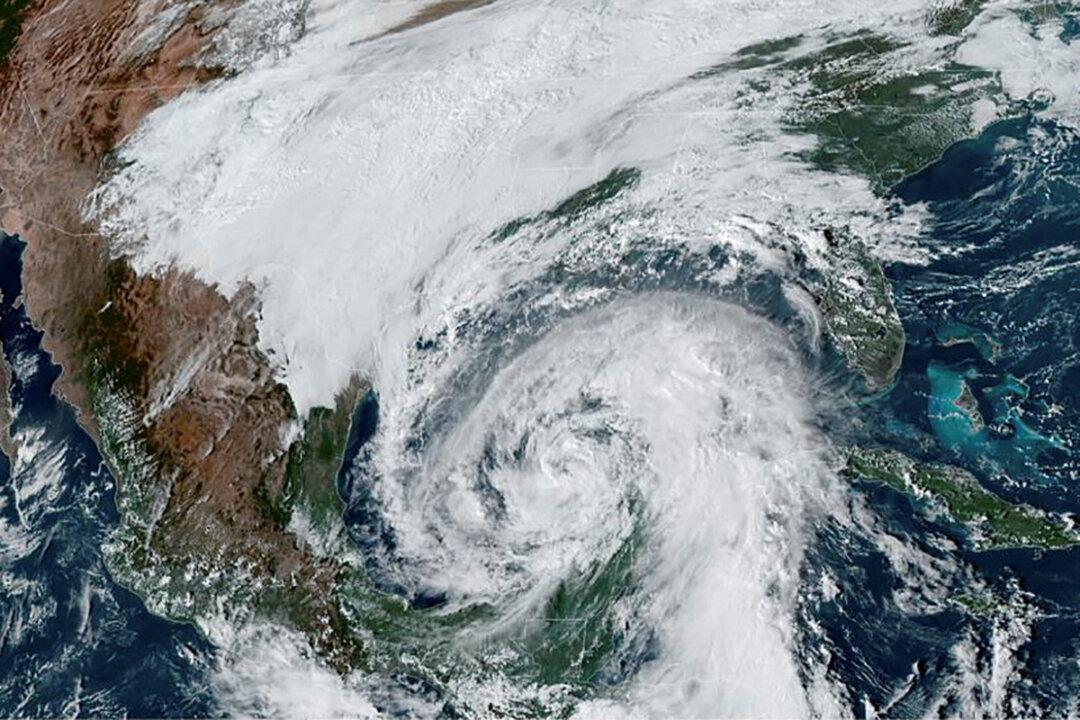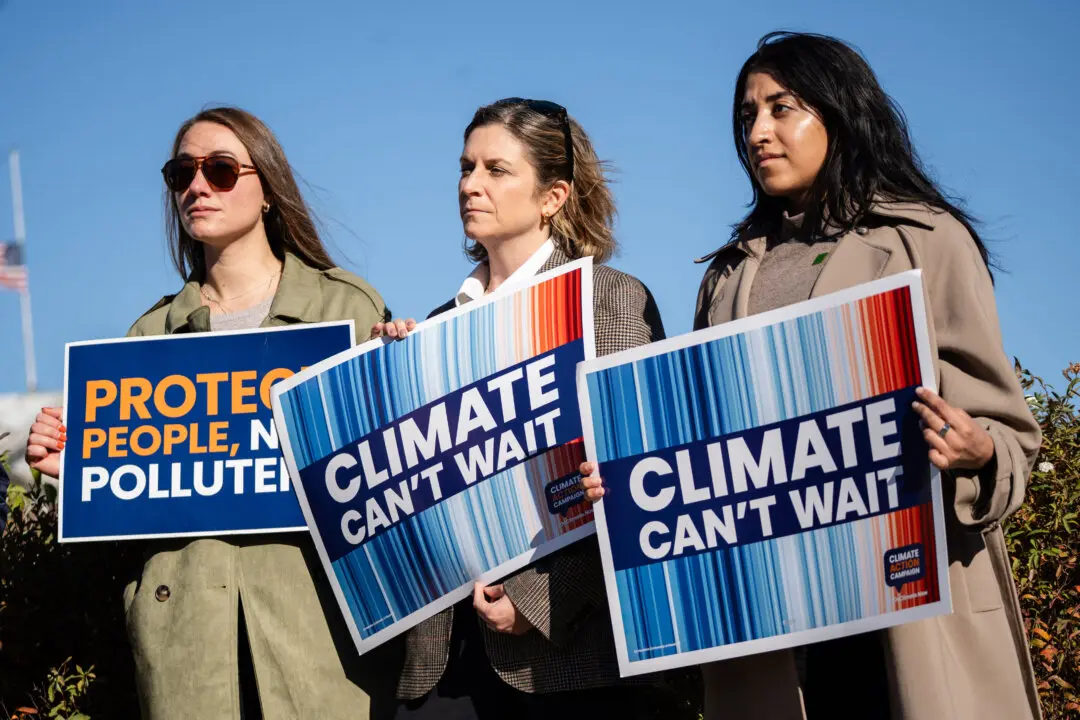GOP representatives took a first step toward investigating a United Nations climate club for insurance companies this week, as club members, fearing antitrust actions, headed for the exits.
In an Aug. 1 letter to Linda Thomas-Greenfield, U.S. Ambassador to the United Nations, Rep. James Comer (R-Ky.), chairman of the House Oversight Committee, wrote: “The U.N.-convened Net-Zero Insurance Alliance (NZIA) requires insurance company members to commit to transitioning their portfolios to net-zero greenhouse gas (GHG) emissions by 2050.





